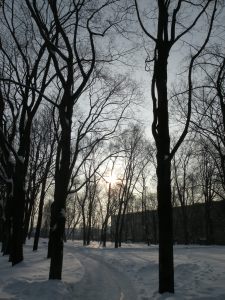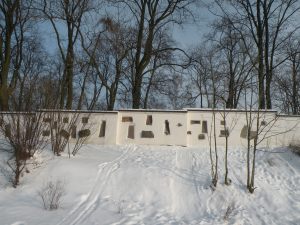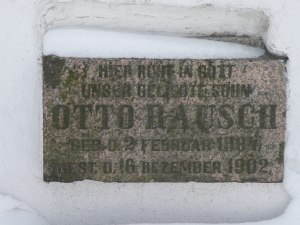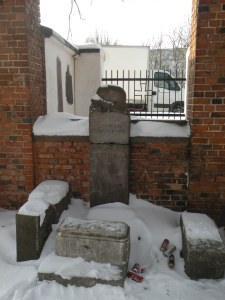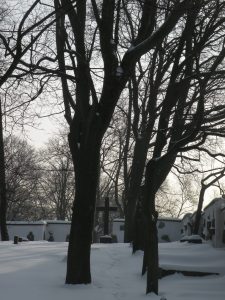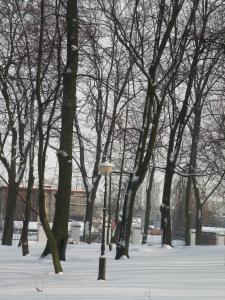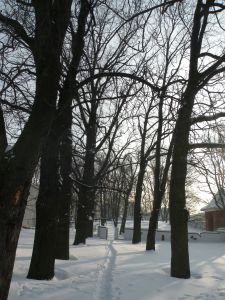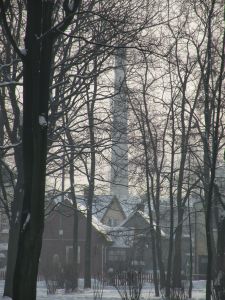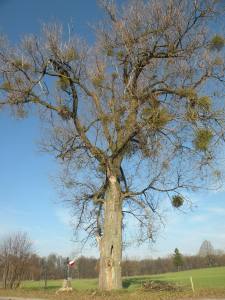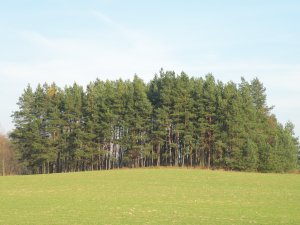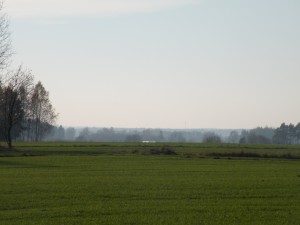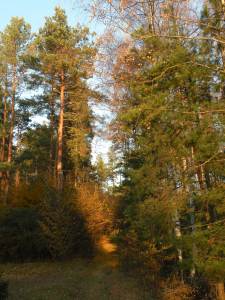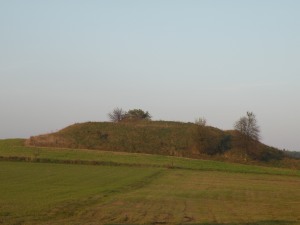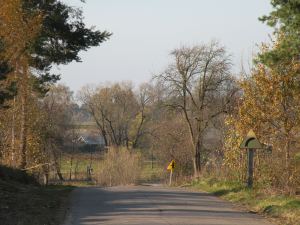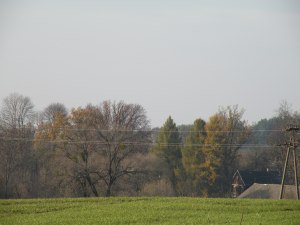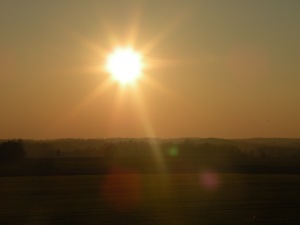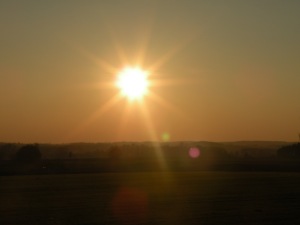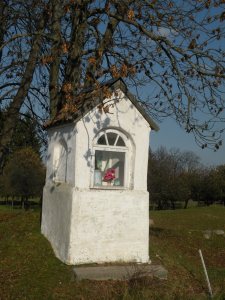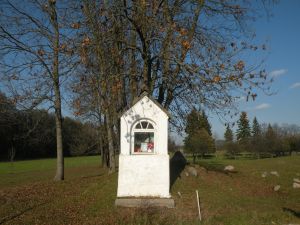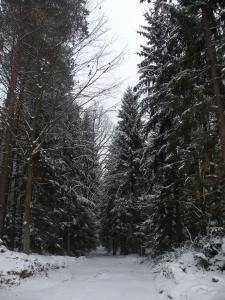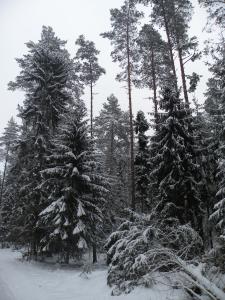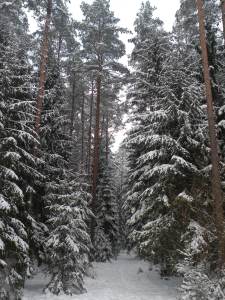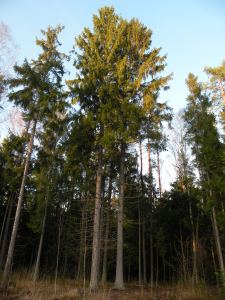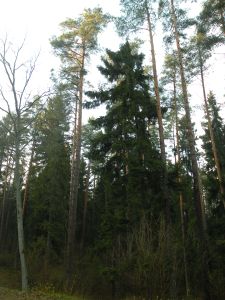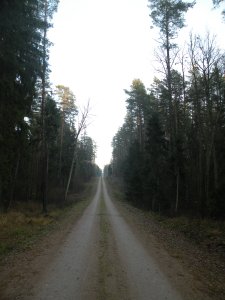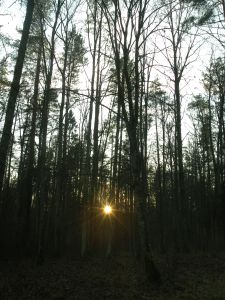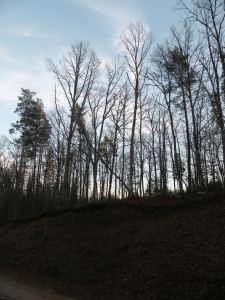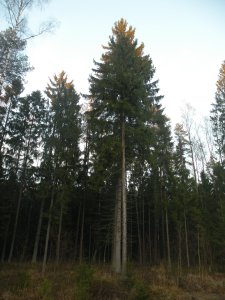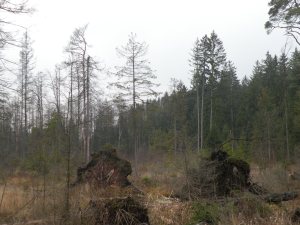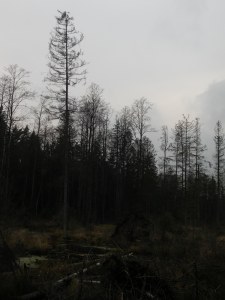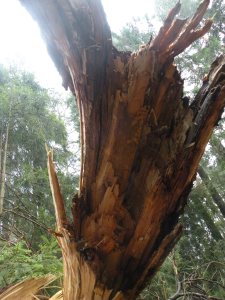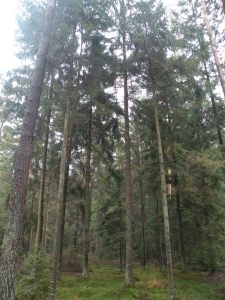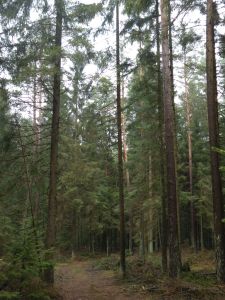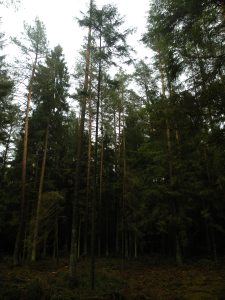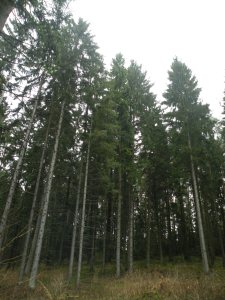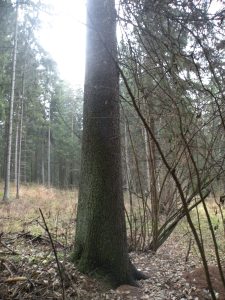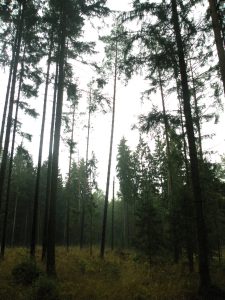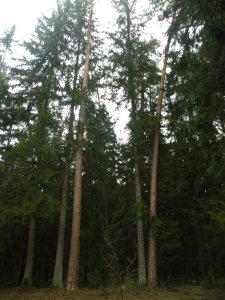It is said that everyone should have his/her spiritual capital city. For me – apart from Budapest – it is Vilnius, Lithuanian capital city. Really European, beautiful, picturesque and phenomenal city.
3,5 – 4 hours drive from Bialystok. Across mysteious forests, picturesque fields and meadows, 140 kilometres across Poland, later on Lazdiai, Alytus and Vilnius. You can get on the car on Friaday eveninig, after work and in the evening, at 9 p.m. walk down the Vilnius streets.
City that gives me strength, energy, hope and dispell all sorrows, inspiring place, where you can hear people speaking in Lithuanian, Russian, Belarussian, Polsih, English. I do not mean tourists, but inhabitants of Vilnius. I still remember two charming girls met in restaurant speaking to each other in Belarussian, but talking to waitress in Lithuanian. I still remember all those smooth flows when I spoke to my friends in Polish, and after a while in Russian or English to young waitress. All those different languages, diifferent nations, religions, cultures account for uniqueness of the city. Undoubtedly it is a Lithuanian city, capital city of independent Lithuania, where there are visible traces of Polish, Lithuanian, Italian, Belarussian and Russian cultures. Catholic baroque enormous churches, impressing Orthodox churches, former Jewish district, monument of Gaon of Vilnius – Jewish intelectualist, adversary of chasidism; classical cathedral, Karaims’ temple (kienesa), Gediminas tower…
There are only 180 km to Warsaw, capital city of my country, but it is alwas traumatic for me to travel to this bleak city, popular Cracow is too stuffy and conceited for me. I would even risk the statement that in Poland we do not have a really European city not in the sense of architecture but also in the sense of amosphere created by people, so I am glad that Vilnius is only 300 kilometres form my native town – Bialystok. If it was possible to travel acroos Belarussia it would be only 260 kilometres. I hope one day Belarussia will become democratic country, join EU and there will be no need to posses visa to reach it and go further, for example to Vilnius.
The space, landscape, architecture, atmosphere of Vilnius give me a deep sense of freedom and happiness. It proves that architecture of the city, its inhabitants may be inspiring and hearteaning. Visit to Vilnius pose almost mystical experience.
I was suprised with its harmonic combinationf of modern architecture of Šnipiškės district and baroque, renaissance, classical architecture of the old town on the opposite bank of Neris river.
I also found my private, personal places, where it is impossible not to believe in God – Saint Nicholas gothic church, Divine Mercy Sanctuary with its deeply contemplative atmosphere.
I remember kind people, smiling charming girls with gentle features, only positive things and experiences. For the 2 last months I have visited Vilnius 3 times. There is a great possibility that my impressions are not full, that they are just impressions, illusions. But I am going to go there regualrly and explore this one of the most beautiful and original cities in the world. I am going to discover its postive and negative sides.
My pictures of Vilnius I placed here:
http://www.facebook.com/photos.php?id=1426391925#/album.php?aid=2004750&id=1426391925
http://www.facebook.com/photos.php?id=1426391925#/album.php?aid=2004289&id=1426391925
Here You can also find pictures of Vilnius churches:
http://commons.wikimedia.org/wiki/Churches_in_Vilnius_in_alphabetical_order























